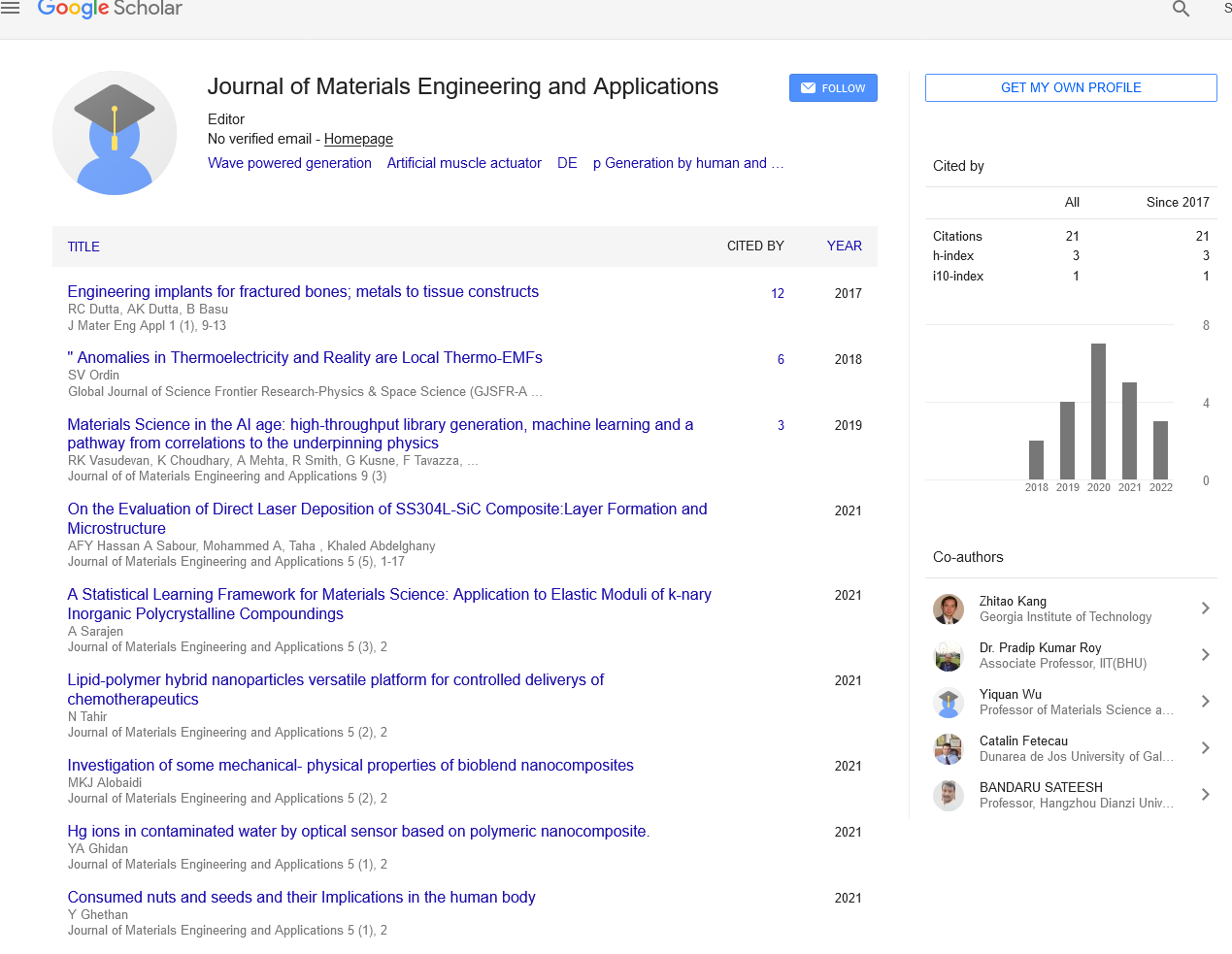
Sign up for email alert when new content gets added: Sign up
Abstract
Dynamic multi-scale modelling for micro-manufacturing processes of polycrystalline materials
Author(s): Hansong JiStatement of the Problem: Polycrystalline materials are widely exist in nature and extensively used in industries. With the feature size reduced to micro-nanometer level, the anisotropic nature of polycrystalline materials and the size effect of micro- manufacturing processes become significant, thereby the continuum theory based simulations are no longer applicable to explain the mechanical response. Researchers have developed strain gradient theory to explain the size effect phenomena, unfortunately, the acquisition of strain gradient parameters from literature and experiments is difficult, and the anisotropic nature of polycrystalline materials is failed to be considered. In recent years, researchers began to explore grain scale modelling methods that discuss the influence of size and anisotropic behaviors of grains on material properties. However, the basic knowledge system has not been formed as an enough research has not been done, existing grain scale modelling methods fail to consider necessary grain scale information of the actual material comprehensively, and it is too expensive and inefficient to simulate the whole part in grain scale. The purpose of this study is to propose a dynamic multi-scale modelling method for micro-manufacturing processes of polycrystalline materials. Methodology: Firstly, a pseudorandom based grain scale geometry was generated by taking full advantage of true grain scale microstructure information. Secondly, Strain gradient parameters was obtained through CPFE based simulations. Thirdly, dynamic multi-scale model was established by modelling Key areas in grain scale and nonessential areas in continuum scale. Fourthly, stress state based scale transformation between grain scale area and continuum area will be continuously proceed during micro-manufacturing processes. Findings: the dynamic multi-scale model is superior to continuum model in terms of accuracy and superior to pure grain scale model in terms of efficiency. Conclusion: a dynamic multi-scale model was established for polycrystalline materials, which can simulate micro-manufacturing processes in high accuracy and high efficiency simultaneously.




